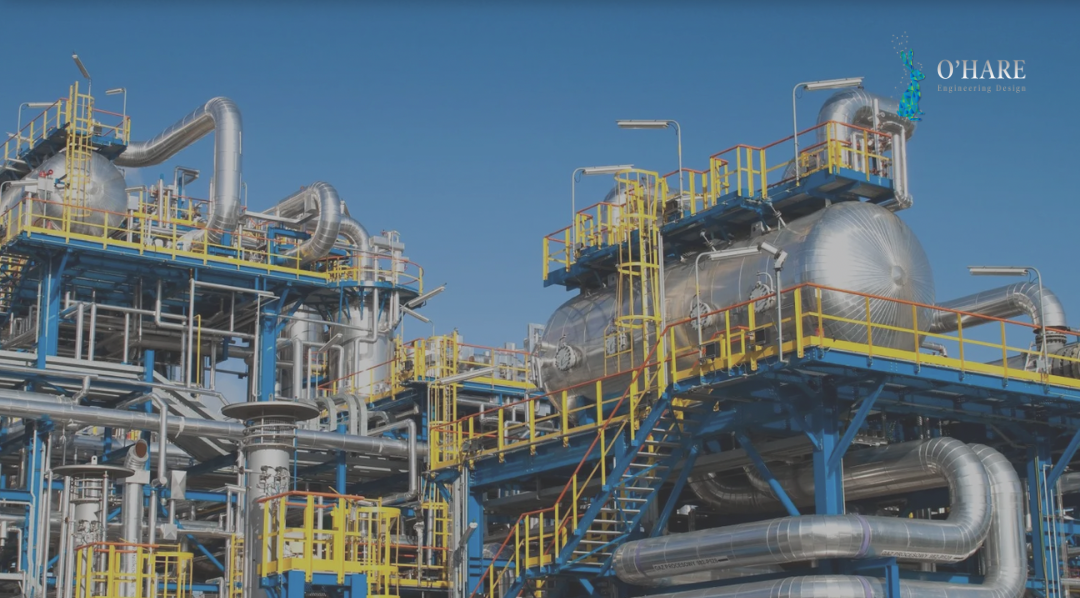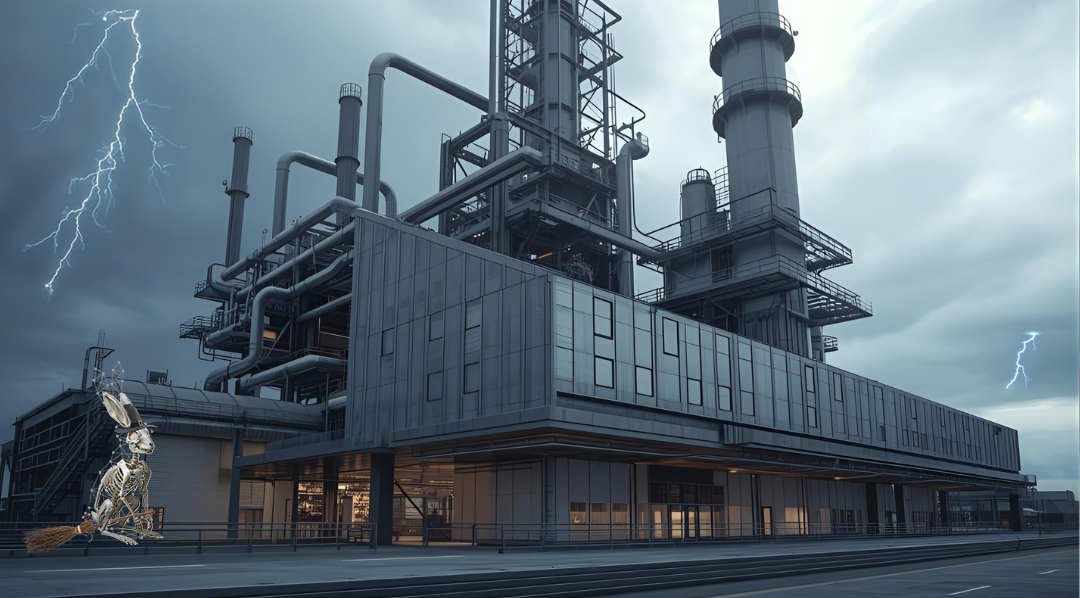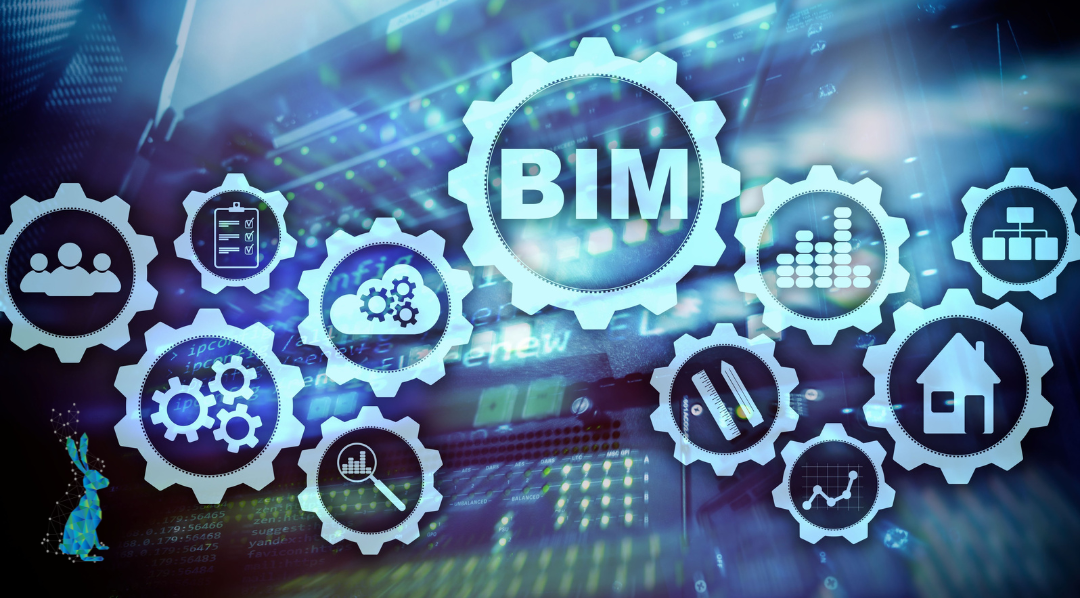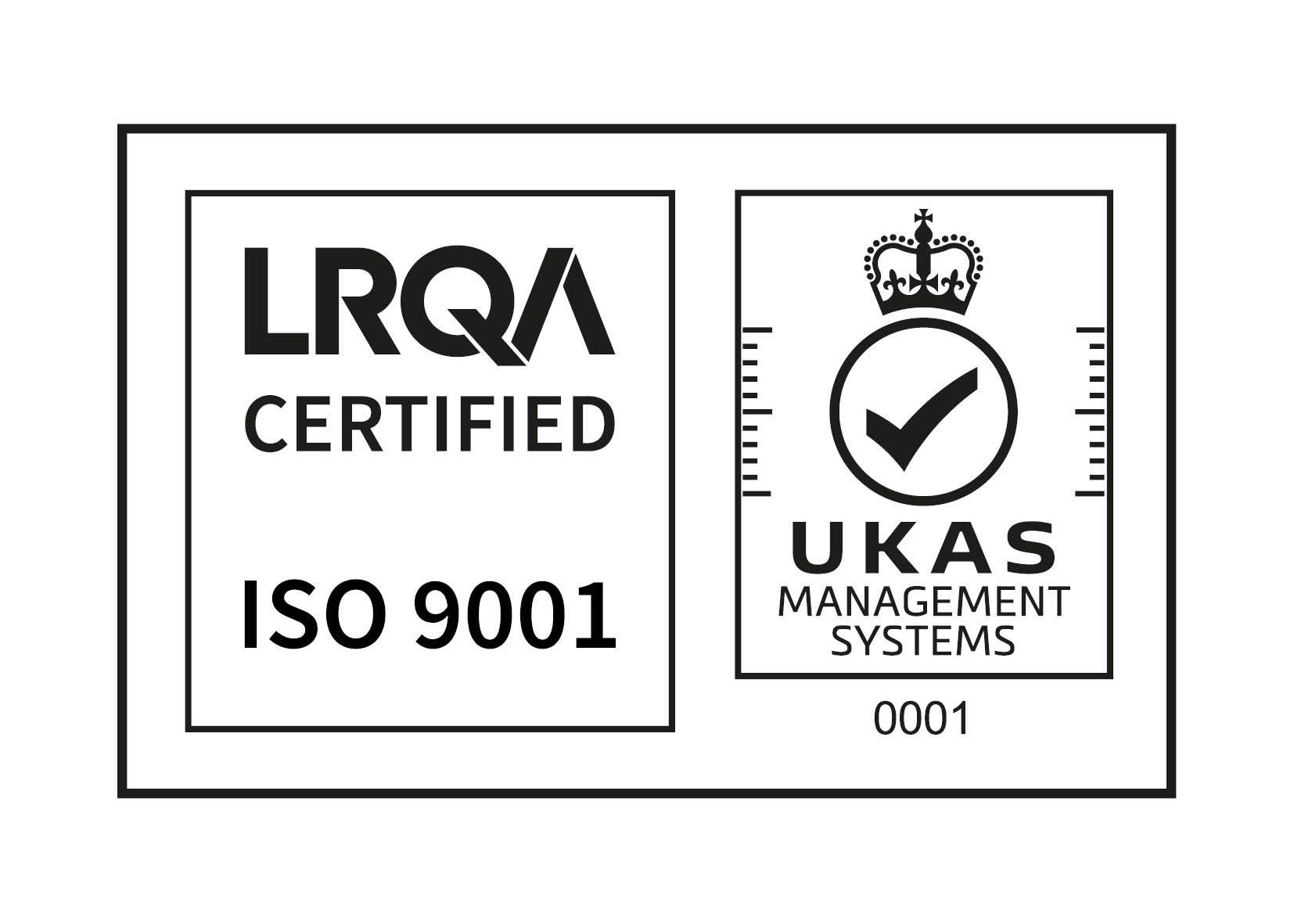WHY MORE CHEMICAL PLANTS ARE NOW OPTING FOR INTELLIGENT P&IDS

WHY MORE CHEMICAL PLANTS ARE NOW OPTING FOR INTELLIGENT P&IDS
Date: 2nd March 2023
A piping and instrumentation diagram (P&ID) is the document of all documents within a chemical plant. It should always be kept up to date and should hold as much information as possible about the site.
Almost every chemical plant will already have one of these in place for their existing infrastructure, so why are an increasing number of chemical plants now opting for intelligent P&IDs instead of the standard ones?
Before we can answer this, it’s important to quickly clarify what a P&ID actually is…
A P&ID is a detailed 2D CAD diagram of how your existing system works. It doesn’t just look at individual parts, but details how each existing system or any new proposed systems work in relation to the rest of the plant.
I go into this in a lot more detail in this blog if you’d like to find out more.
Intelligent P&IDs, on the other hand, build on this existing model to combine your CAD model with your existing database so that you can store more information about the site in the diagram without adding to its complexity. Instead of including all your information in the space around your diagram, an intelligent P&ID embeds the information about a particular part's temperatures, pressures, size, pipe number and so on in the line itself. This means that, when you click on a specific line in the P&ID, it will tell you all the information you need to know about that specific point in the system.
The reason a lot of chemical plants are now opting for these intelligent P&IDs instead of the traditional diagrams is that all the data stored in an intelligent P&ID can be trickled down into a 3D model for ease of use and accessibility throughout the site. Instead of sieving through a load of folders and documents to find a specific piece of part or pipe data from various versions and updated P&IDS of the same individual systems, everything is stored and accessed from one place. All any engineer will need to do is open the 3D model of the full chemical plant, click on the area they want to find out more information about and focus on the part. This is also great for site evaluations as well as on site training and employee inductions.
What other benefits are there to intelligent P&IDs that are causing plants to make the switch?
Although there is quite a lot of initial time and cost involved in the setup of an intelligent P&ID, an increasing number of chemical plants are opting for this option because it means that…
- All changes are managed in a single database saving you the time and hassle of rummaging through files and chasing designers for updates.
- You have the ability to capture and embed more information within the diagram that you do with a traditional P&ID.
- It’s easier to edit and maintain so you always have the most up to date diagram available.
- You can be confident that consistent site wide standards are being met and maintained.
- An intelligent P&ID can be combined with a digital model of your site to create an interactive digital twin of your site.
If you’re interested in finding out how an intelligent P&ID might benefit your chemical plant,
book your free design consultation with us today.




